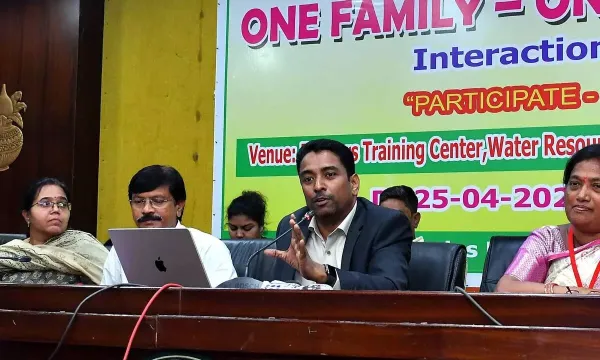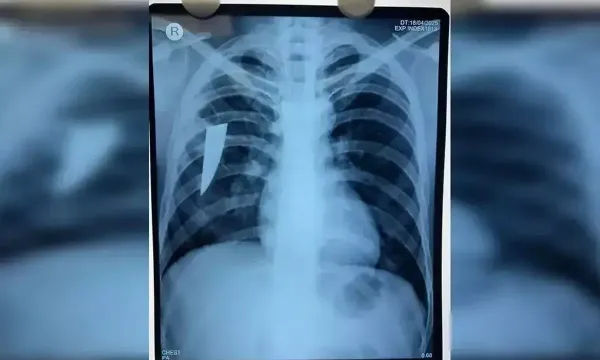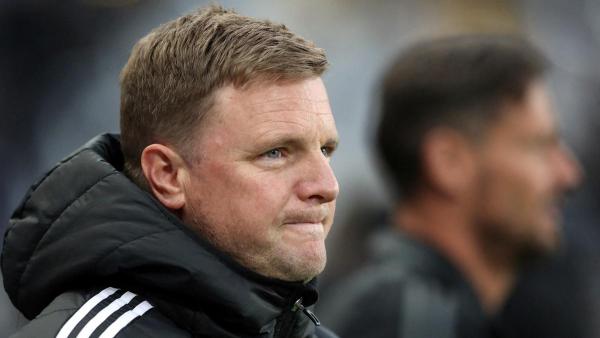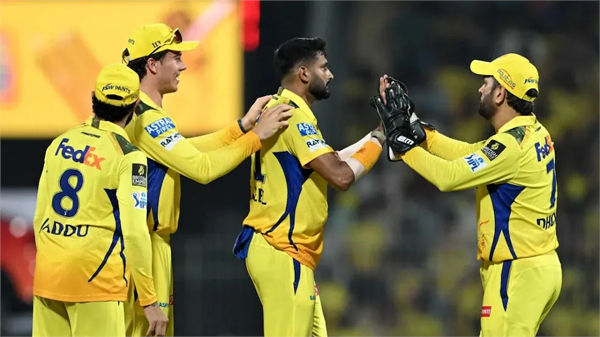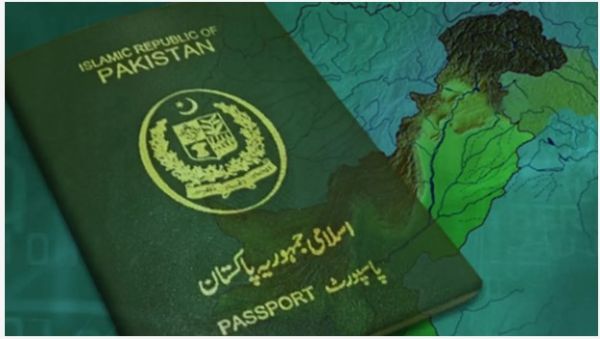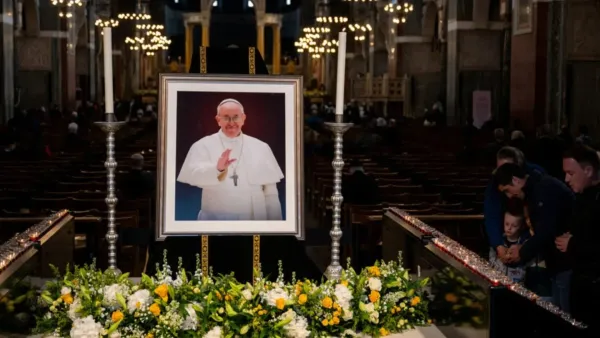In a major move to democratize access to aviation careersthe Directorate General of Civil Aviation (DGCA) is preparing to eliminate the requirement of physics and mathematics in Class 12 for those seeking a Commercial Pilot Licence (CPL). The proposal, once approved by the Union Ministry of Civil Aviationwould enable students from arts and commerce backgrounds to enter CPL training programs in India.
What’s the Current Rule?
Under current norms, only students from the science stream with physics and maths in Class 12 are allowed to enroll in CPL training. This restriction has been in place since the mid-1990s. Prior to that, a Class 10 pass was sufficient to begin pilot training.
Industry Experts Call It “Outdated”
Aviation veteran Captain Shakti Lumbaformer VP at IndiGo, has called the current rule “archaic” and unnecessary. He argued that no other country mandates these subjects for CPL eligibility and that pilots understand required concepts from earlier schooling.
Flying Schools Welcome the Reform
Flying school operators have long criticized the rule for being a barrier to entry. They point out the contradiction: Private Pilot Licences (PPL)which allow individuals to fly, don’t require physics or mathsso why should CPL?
Currently, students from arts or commerce must re-enroll in open schools to study physics and maths just to qualify.
Why Now?
The aviation industry in India is expanding rapidlyand there’s an urgent need to increase the number of trained pilots. DGCA is also looking at introducing a flying school ranking system to assess safety, efficiency, and training quality, aiming to reduce dependency on foreign training programs.
What This Means
- Greater accessibility: Students from all streams can dream of becoming pilots.
- Faster training: No need to redo Class 12 with science subjects.
- Global alignment: India’s rules would match international aviation standards.
- More pilots: Helps meet the rising demand in the airline sector.
This potential reform marks a progressive shift in Indian aviation—one that could inspire a new generation of pilots from diverse academic backgrounds.
